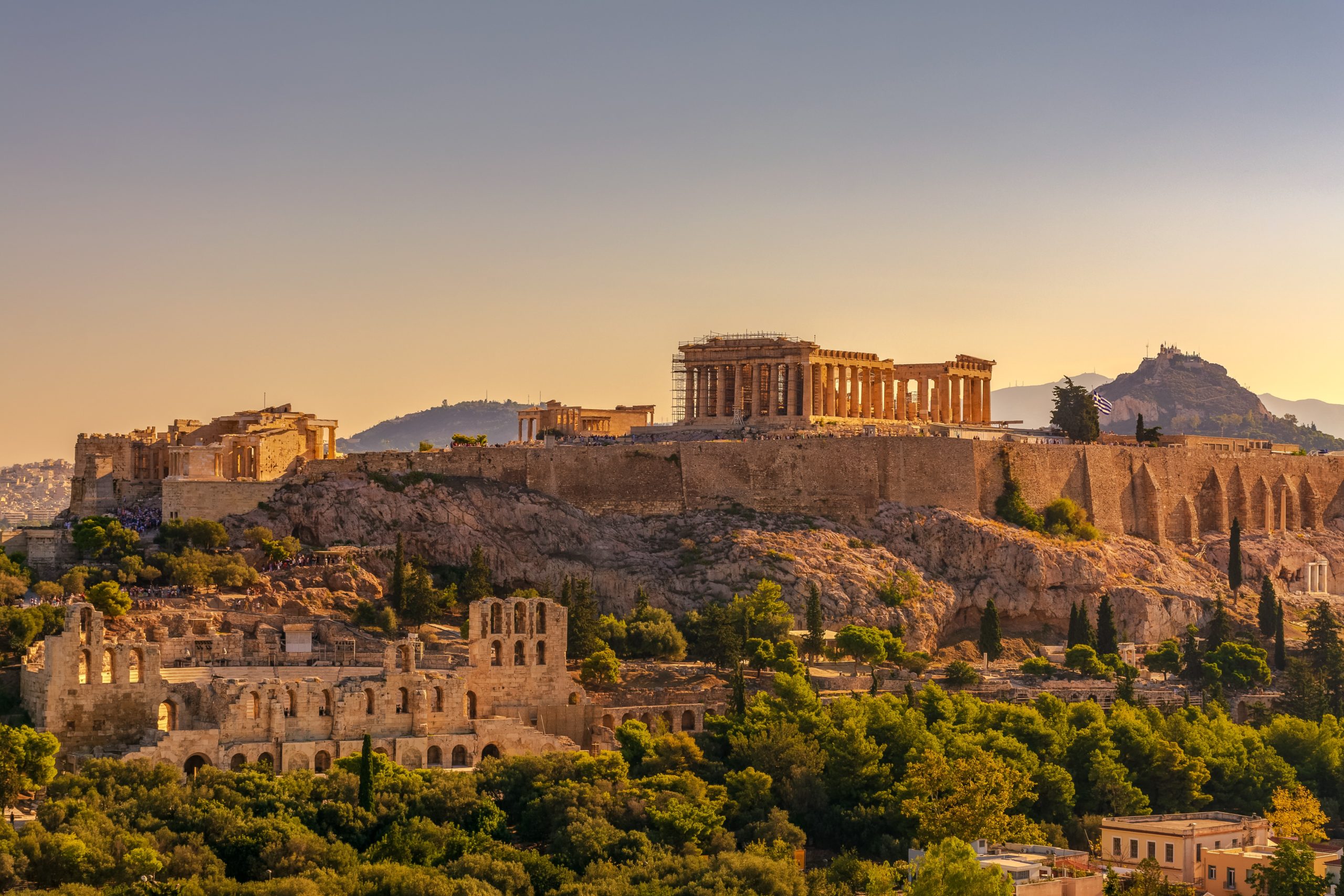2. Study Questions
It is the oldest surviving building of its type that is built of stone. Previously they had been constructed from wood. It was quite a large structure, and there would have been many smaller buildings of these types around the empire.
The site of Pompeii is very well preserved but may not be typical of a Roman town. It is also frozen at the point of the eruption of Vesuvius, so cannot tell us anything beyond this point in time.
The originated from the funeral games of aristocrats during the mid-Roman republic.
Gladiators tended to be captured enslaved peoples who had been defeated in war, although it was not unknown for free people to volunteer to become gladiators (often to escape debt). Freedom could eventually be earned or bought.
Construction began during the reign of the emperor Vespasian in 72 CE and was completed during the reign of his son, Titus, in 80.
It was originally known as the Flavian amphitheatre (after the ruling dynasty). The name ‘Colosseum’ was likely derived from its site, where originally stood a colossal statue of the emperor Nero.
There were a large number of gladiator types, but the four principal ones were:
- Samnites: a short sword, a rectangular shield, a greave, and the helmet
- Thraex: armed in the Thracian style with a small rectangular, square or circular shield called a parmula and a very short sword with a slightly curved blade called a sica, intended to maim an opponent’s unarmoured back.
- Murmillo: carried a gladius (64–81 cm long) and a tall, oblong shield in the legionary style.
- Retiarius: fought with equipment styled on that of a fisherman: a weighted net, a three-pointed trident, and a dagger. The retiarius was lightly armoured, wearing an arm guard and a shoulder guard.
Any mass spectator sport that occurs in a stadium, such as football and rugby, have their roots here. Also, violent contact sports, such as mixed martial arts, and boxing.

